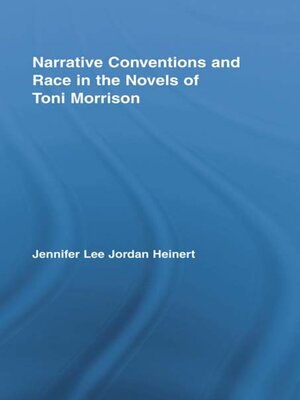Narrative Conventions and Race in the Novels of Toni Morrison
ebook ∣ Studies in Major Literary Authors
By Jennifer Lee Jordan Heinert

Sign up to save your library
With an OverDrive account, you can save your favorite libraries for at-a-glance information about availability. Find out more about OverDrive accounts.
Find this title in Libby, the library reading app by OverDrive.



Search for a digital library with this title
Title found at these libraries:
| Library Name | Distance |
|---|---|
| Loading... |
This study analyzes the relationship between race and genre in four of Toni Morrison's novels: The Bluest Eye, Tar Baby, Jazz, and Beloved. Heinert argues how Morrison's novels revise conventional generic forms such as bildungsroman, folktales, slave narratives, and the formal realism of the novel itself. This study goes beyond formalist analyses to show how these revisions expose the relationship between race, conventional generic forms, and the dominant culture. Morrison's revisions critique the conventional roles of African Americans as subjects of and in the genre of the novel, and (re)write roles which instead privilege their subjectivity.
This study provides readers with new ways of understanding Morrison's novels. Whereas critics often fault Morrison for breaking with traditional forms and resisting resolution in her novels, this analysis show how Morrison's revisions shift the narrative truth of the novel from its representation in conventional forms to its interpretation by the readers, who are responsible for constructing their own resolution or version of narrative truth. These revisions expose how the dominant culture has privileged specific forms of narration; in turn, these forms privilege the values of the dominant culture. Morrison's novels attempt to undermine this privilege and rewrite the canon of American literature.







